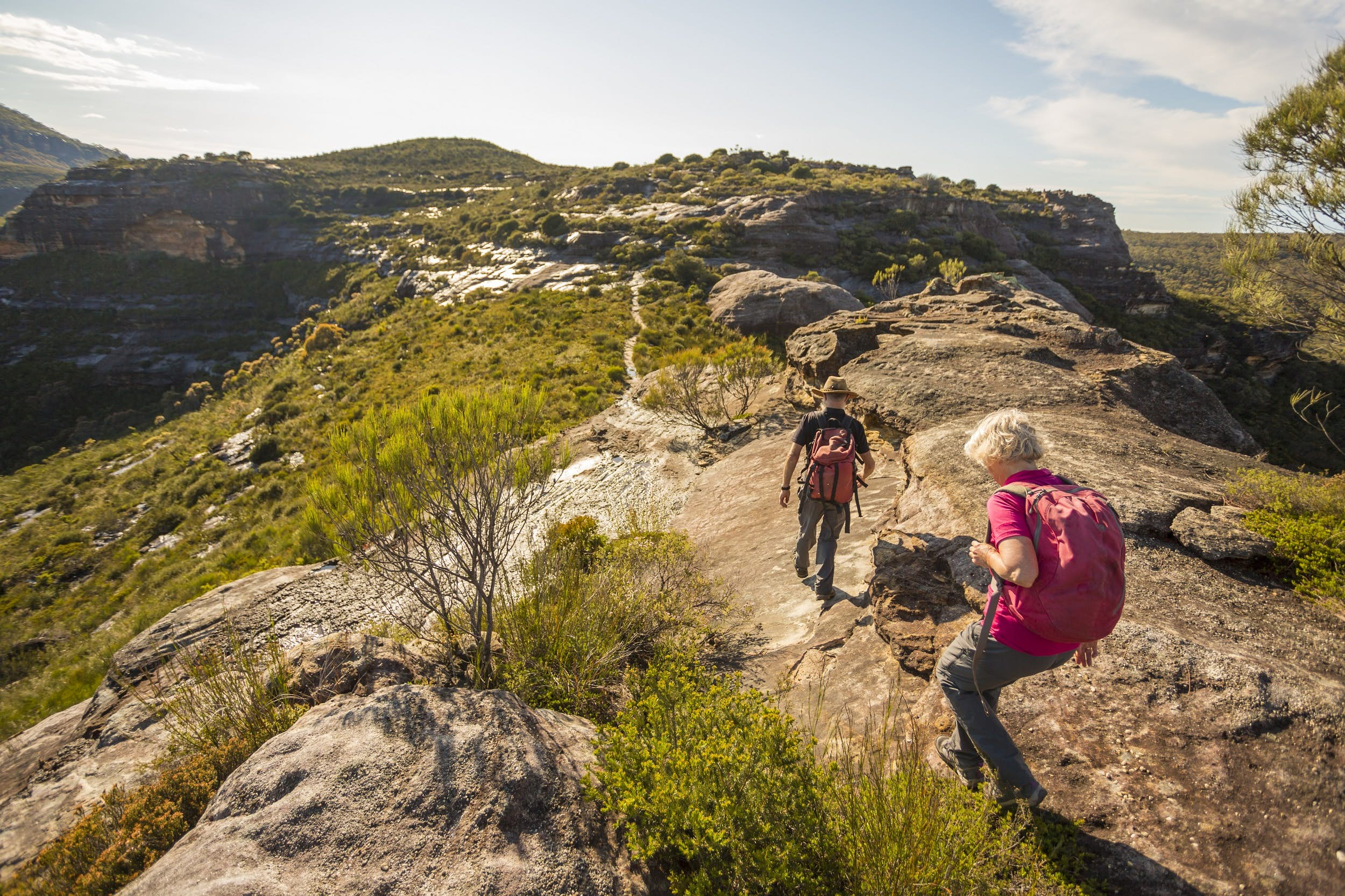Australia is home to some of the world’s most breathtaking landscapes, with miles of stunning bushland waiting to be explored. Bushwalking (or hiking) is a great way to experience all that Australia has to offer and can be an incredibly rewarding activity. However, it is important to understand how best to prepare yourself for a successful bushwalk.
Table of Contents
Essential Gear
Having the right gear for bushwalking is essential to staying safe and having an enjoyable experience.
A good quality pair of hiking boots should be at the top of the list – they should be lightweight, waterproof and provide good ankle support. You’ll also need a comfortable day pack to carry your other essentials like lunch, water bottle, travel mug, sunscreen and hat. A sturdy walking pole (or two) will help you keep your balance on uneven terrain, as well as make steep ascents easier by providing extra support.
Clothes-wise, you’ll want breathable layers so you can adjust as needed according to temperature changes throughout the day.
Other items that are definitely worth bringing include a map & compass (or GPS device), a first aid kit with basic medical supplies and a torch in case you get stuck out after dark. Depending on where you’re going, don’t forget insect repellant or bear spray if necessary! Finally, it’s always important to tell someone where you’re going before setting off – just in case something goes wrong during your walk or hike.
Safety Tips
When planning a bushwalk in Australia, it’s important to keep safety top of mind. Here are some essential tips to help you stay safe and enjoy your trip:
Be prepared for the terrain. Bushwalking can be challenging, so make sure you know what kind of environment you’ll be tackling. It could be coastal town and bushland, or more dense rainforest. Consider the type of vegetation and wildlife, as well as the difficulty level of the walk before setting off. Wear appropriate clothes and footwear that offer protection against potential hazards like thorns or snakes. Be mindful of changing weather conditions during your walk – sudden rains can make trails dangerous if they become slippery or cause flash floods in rivers or creeks.
Bring adequate supplies with you on your trek. This includes plenty of water, food, a first-aid kit and any necessary medications. A map should also be taken along so you don’t get lost! Make sure someone knows where you’re going and when they can expect you back – this way someone will be able to raise an alarm if needed in case something goes wrong during your journey.
Additionally, leave early enough to ensure there is still plenty of daylight left when it comes time for your return journey home – particularly if using remote trails with no street lighting available at nightfall!
Best Locations
Australia is a great place for bushwalking, as its vast and diverse landscape offers an array of different trails to explore. When it comes to choosing the best locations for your bushwalking experience, there are several factors to consider.
One of the most important elements is terrain. Depending on your level of fitness and experience, you’ll want to look for trails that match your individual needs. If you’re looking for a challenge, try tackling some of Australia’s most difficult climbs or take on some of the more remote and rugged tracks in the Outback. However, if you’re just starting out or prefer a leisurely stroll through nature then there are plenty of flatter paths with easy-to-follow directions.
Another factor to consider when selecting a location is climate. Different seasons bring new experiences – from wetter conditions during summer months in tropical regions where rainforest walks can be enjoyed, to cooler weather in winter where icy landscapes make for great mountain hikes. It’s also important to note that extreme weather conditions can occur at any time of year so make sure you check forecasts before setting off on your adventure!
Navigating Difficult Tracks
Navigating difficult tracks can be a daunting prospect for bushwalkers, especially those with less experience. However, with some preparation and the right attitude, it is possible to tackle any track without too much difficulty.
The first step is to make sure you are adequately prepared. Research and plan your route in advance if possible, packing all the necessary supplies such as food, water and appropriate clothing. Ensure that you have a map or GPS device on hand so that you can easily retrace your steps if needed. Also double check that your mobile phone has coverage in the area before setting off – this may be useful in case of an emergency situation while out bushwalking.
Once you’re out on the track always remain attentive and mindful of any potential obstacles or dangers ahead. If in doubt about whether a certain section can be managed safely always take extra time to assess the situation before attempting it; when presented with larger obstacles take note of alternative routes around them rather than risking any sort of injury by ploughing straight through them!
Remain aware at all times and don’t forget that safety should always come first – no matter how tempting it may be to explore off-track areas!
Weather Considerations
Bushwalking in Australia can be unpredictable due to the variable weather conditions and temperatures. As a general rule, it is important to come prepared for any potential change in weather that might occur while out on the trail.
One particular consideration should be taken into account when planning a bushwalk: temperature regulation. This includes dressing appropriately for both hot and cold weather, as well as bringing along plenty of layers (e.g., jackets, hats and gloves) that can be added or removed if necessary. Additionally, it is important to carry sunscreen and protection from the sun’s UV rays, even on overcast days where the sun may not be visible.
Finally, given Australia’s temperate climate, rain should always be expected when heading out on a bushwalk – so make sure you bring waterproof clothing! It is also advisable to check local weather forecasts before leaving home as this will provide an idea of what conditions are likely to encountered during the hike. Forecasts can help determine whether an alternate route or different activity should be chosen instead of braving potentially severe inclement weather conditions.
Conclusion
In conclusion, bushwalking in Australia can be an incredibly rewarding experience. The incredible array of wildlife, untouched landscapes and unique terrain make it a must-see destination for any nature lover. Before embarking on a bushwalking journey, however, it is essential to ensure that you are adequately prepared. This includes having the right gear, being aware of your environment and potential dangers such as snakes or other animals and planning ahead with route selection and navigation techniques.
Furthermore, if travelling alone always let someone know where you are going and when to expect you back. By following these safety tips your time spent in the great outdoors will be both safe and enjoyable! Finally, appreciate the beauty around you by taking photographs or simply observing all that nature has to offer – there’s nothing quite like experiencing Australia’s diverse wilderness firsthand!












